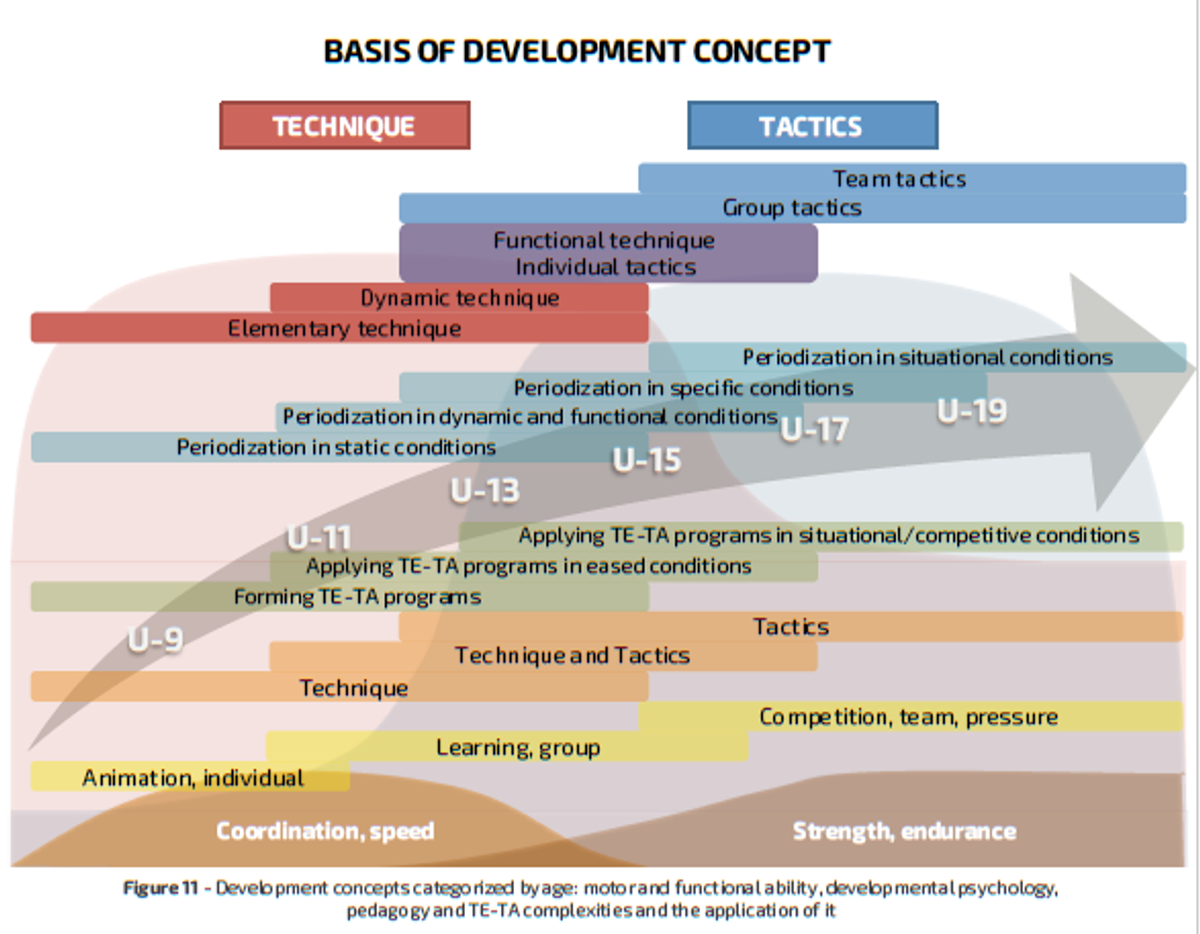Raising the bar
Josip Loncaric

Raising the bar
Josip Loncaric
According to Romeo Jozak, the former technical director of the Croatian Football Federation and author of their highly-regarded HNS Development Curriculum, coaching can be broken down into the following phases:
a) Explaining the point of an exercise
b) Demonstrating the exercise
c) Executing the exercise in slow motion
d) Raising the intensity with changes in rhythm e) Executing the exercise with a semi-active opponent
f) Executing the exercise with an active opponent
g) Applying tactical discipline in a game.
Croatia has widely been regarded as one of the premier football development nations on the planet, and their recent performances at the FIFA World Cup suggest that the conveyor belt of top-level talent will continue to bear fruit for years to come.
For several years, the Keilor Downs College Soccer School has used many aspects of the Croatian Development Curriculum to provide our students with the structure and concepts that are used from u12 to u19 level, and we often see strong positive habits forming in the students that truly take in this information and type of coaching. If we look closely at the seven steps that are applied by the Croatians in their youth development, it is fair to say that many coaches can get at least one or two of the elements of their phases into their session.
What becomes more apparent with our discussions with our students is, that the scaffolding of their development at club level is rarely consistent and that it often feels like their respective coaches are coaching the 'team' to win, rather than using training and matches primarily as a tool to teach and educate.
Teach and educate are the keywords that need to be the focus of all youth coaches, according to Jozak until u19 level, when the shift towards winning and focusing on game management starts to swing the pendulum toward team performance.


The logic behind the methodology is relatively simple; if you develop a stable technique first, and then continue to place challenges to that technique such as pressure, lack of space, time, and stronger opposition, then the motor learning will transfer to the unconscious mind and leave our working memory, which can get overloaded quickly until a skill becomes 'automatic'.
Once upon a time, we needed to follow a process when we learned to tie our shoelaces or ride a bike. Once we had practiced it enough, those skills became automatic and we were able to tie our laces without looking or consciously thinking about it and ride our bike whilst looking forward and identifying potential hazards and problems.